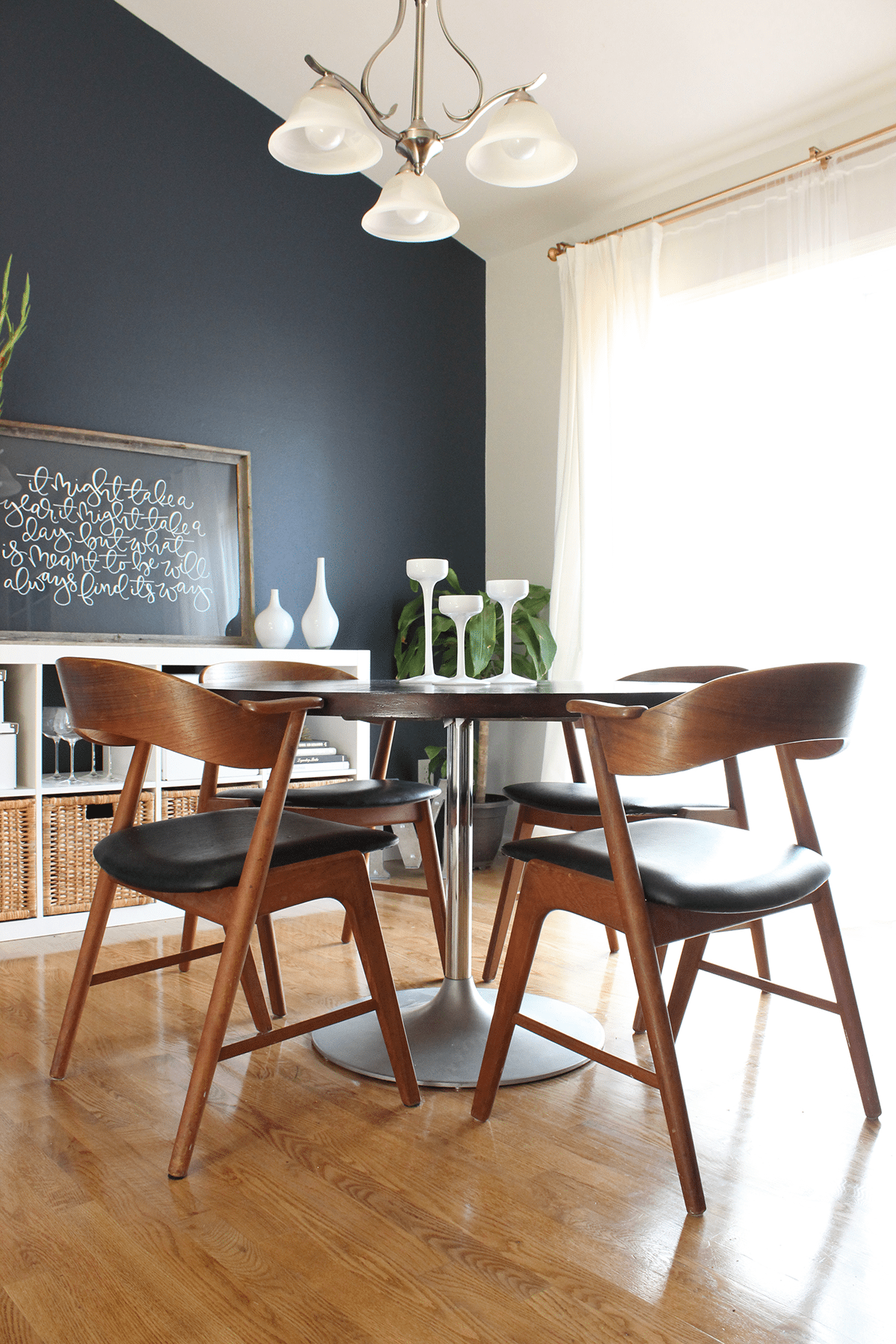Painting an accent wall might be one of the easiest and most effective ways to add visual interest to a room; and planning it out can be just as simple! To paint an accent wall, you’ll want to consider a few things before you take up the paint brush. Here are few simple steps to painting an accent wall.
Choose the accent wall!
The purpose of painting an accent wall is to draw focus to a central wall in the room. Consider which wall would create the best focal point to draw attention to. It’s also a great tool to help anchor your furniture; in a bedroom, the headboard wall is an easy choice. In a living room, typically the sofa wall defines the living room and helps to anchor the sofa. It often creates a visually appealing backdrop to hang artwork and set your furniture against. On the other hand, the TV or fireplace wall may also be appealing as an accent wall, if that’s where you want to draw attention to, in the space. A focal corner can be created as well, by painting two adjacent walls to draw attention and accentuate your décor!
Choose an accent wall colour!
Choosing an accent wall colour is commonly the opposite of picking a room colour. Contrast and colour, as opposed to subtle neutrals are the qualities of an appealing accent wall. With the shadows that inevitably change a colour as the wall angles change, be sure to opt for a tone that is at least 2-3 shades deeper than your main room colour. A higher contrast of colour to your adjacent walls will ensure a striking pop.
The colour for your accent wall can be inspired from your décor palate, using the 60-30-10 rule. Your secondary accent colour in your palate makes for a harmonizing accent wall colour. It allows for a complimentary backdrop to your main colour and contrast with your tertiary colour.
A coloured painted accent wall is a great way to introduce colour to a room without the colour dominating the room. Colourful accent walls pair best when the other walls are neutral. Some popular accent wall colours are navy blues, opulent reds and purples, deep greens and golden yellows. For a coloured accent wall, consider Benjamin Moore’s CC-32 Radicchio, 2154-30 Buttercup , HC-154 Hale Navy, 2041-10 Hunter Green and AF-290 Caliente.

On the other hand, an accent wall in a neutral colour, can go equally as well with other neutral walls, or a coloured painted wall. A handful of dependable, neutral accent wall colours include, HC-167 Chelsea Gray, CC-546 Metropolis, CC-572 Barnboard, CSP-90 Coachman’s Cape and AF-170 French Press.


A growingly popular trend in painting accent walls, is alternative mediums to traditional paint, such as metallic paints, glitter paints and even faux finishes. While the same theory applies, an entire room in any one of these would be overwhelming, while one wall can add texture and interest!
With such an easy way to add interest to your décor in a room, the only thing left to do is tape up those walls and get to painting!






